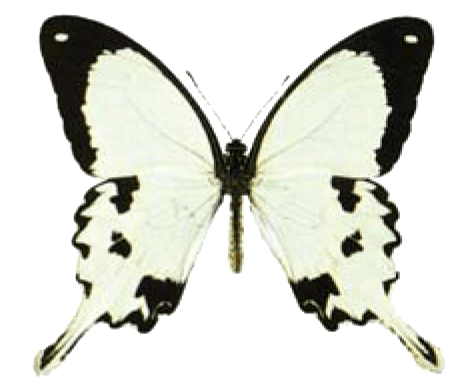
Mocker Swallowtail
Females mimic the local poisonous butterflies. More than 100 different color patterns are known.
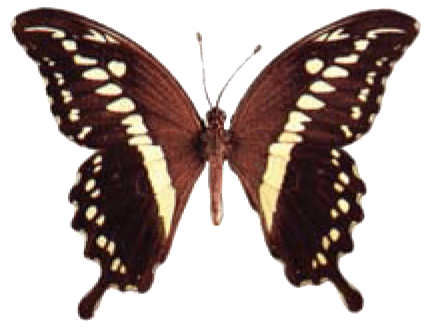
Constantine’s Swallowtail
Males are known to nectar along forest edges. Females tend to stay hidden in the shadows.

Rose Swallowtail
Bright red marks warn predators of its toxicity. Many butterflies mimic this pattern to avoid being eaten.

Green Peacock Swallowtail
The intense green color is the result of yellow pigment on refracting shiny “blue” scales.
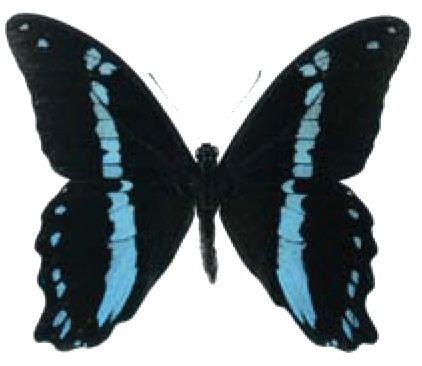
Blue Banded Swallowtail
A common butterfly seen nectaring along forest edges and on the savanna.
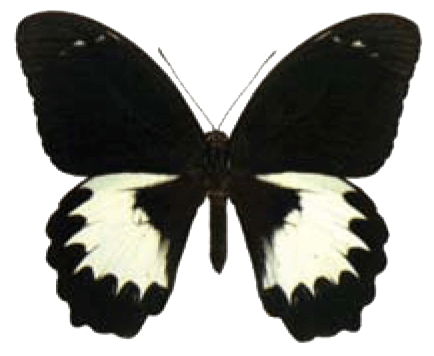
Orchard Swallowtail
These swallowtails are commonly seen feeding in urban gardens. Females have several color forms.
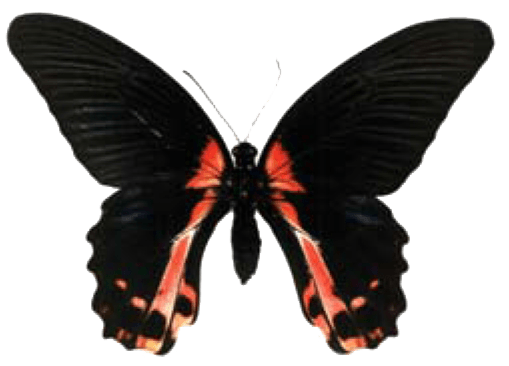
Scarlet Mormon
This butterfly mimics the Rose Swallowtail to keep predators away. Females have white and blue forms.
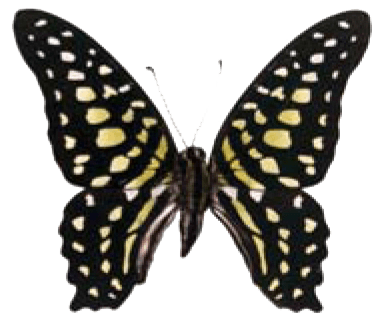
Tailed Jay
The spotted pattern helps this active butterfly to hide in the rainforest shadows.
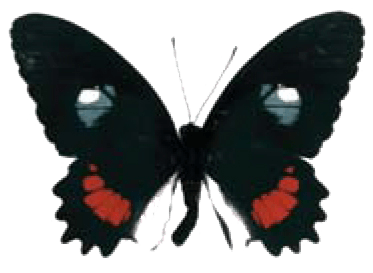
Cattle Heart
The bright red color warns predators of its bad taste.
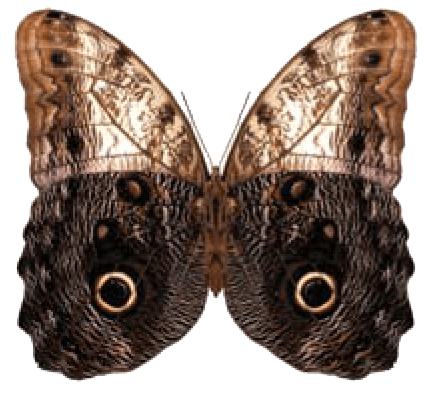
Owl Butterfly
The distinct owl eyespot is thought to startle predators and focus any attacks away from its delicate body.
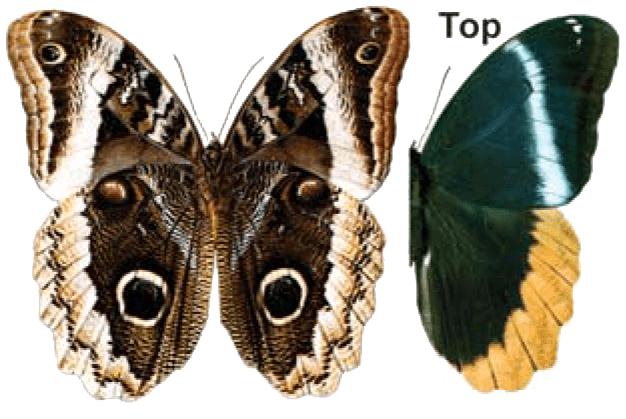
Queen Owl Butterfly
The patterned wings camouflage this butterfly in the jungle shadows while it looks for mates and fruit.
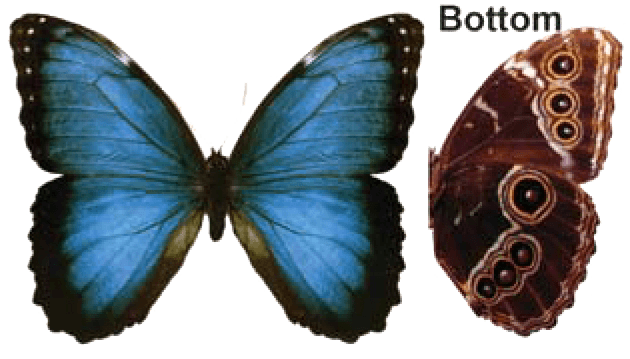
Common Blue Morpho
The “blue” color comes from clear refractive scales. This butterfly can escape predators startled by the flash.
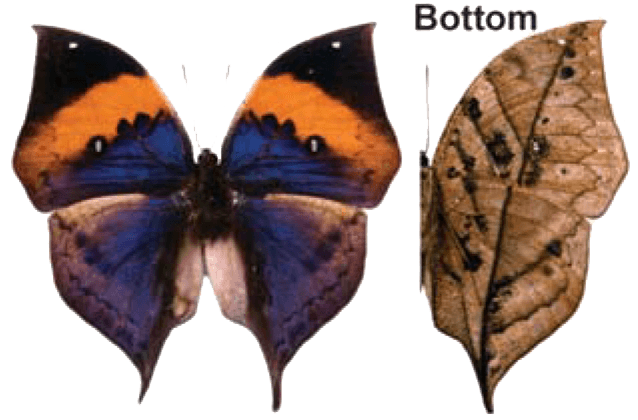
Dead Leaf Butterfly
This butterfly’s underside has the shape and colors of a dried leaf and will sit motionless in the trees with its “stem” touching the branch.
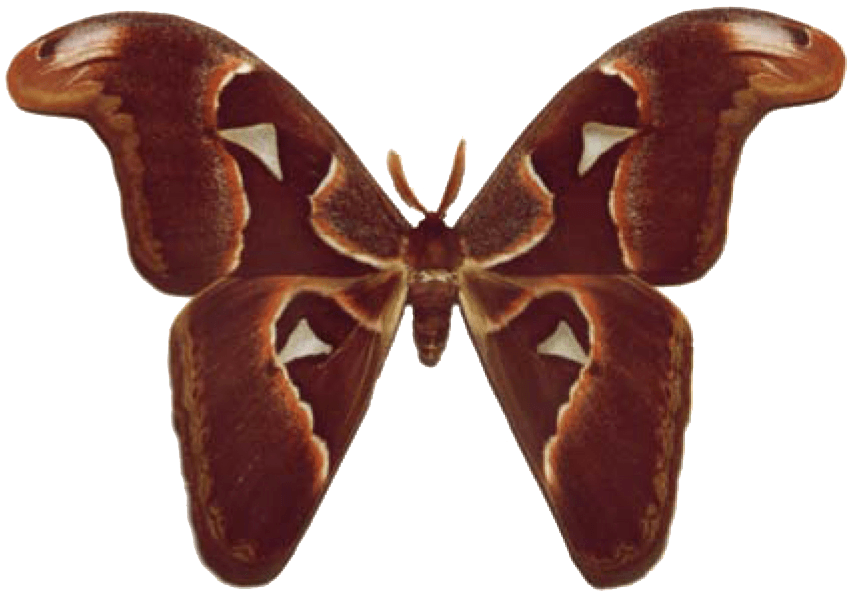
Atlas Moth
This beautiful moth does not feed and will only live a few days while it looks for mates and hostplants. Most of its life is spent as a caterpillar.
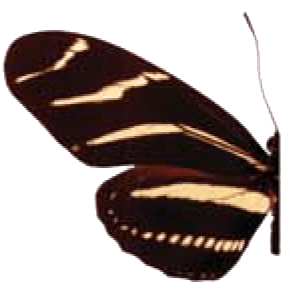
Zebra Longwing
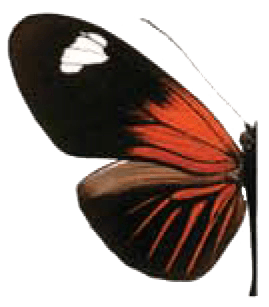
Small Postman
Golden Helicon

Tiger Longwing

Sapho Longwing
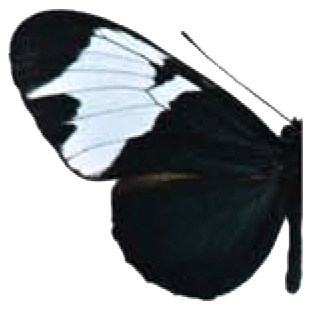
Blue Longwing
Longwing Butterflies
Also called passionflower butterflies, are known for their bright colors and slow, lazy flight down paths and roadways. They carry poisons from the passionflower plant they ate as caterpillars and use bright colors to advertise their bad taste to predators. Many other butterflies mimic these patterns and colors to protect themselves from being eaten as well. Adults are known to live several months by digesting pollen as well as nectar.

Julia
The bright passionflower butterfly is commonly seen in gardens and flowerbeds.
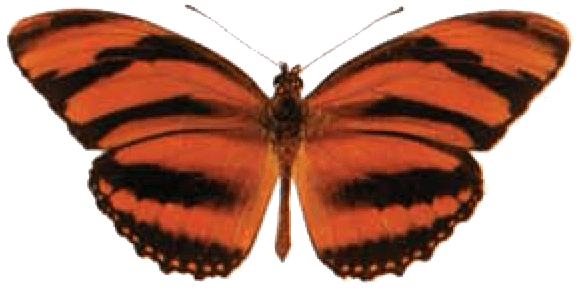
Banded Orange
This passionflower butterfly displays the bright warning colors and patterns used by other species to avoid predators.
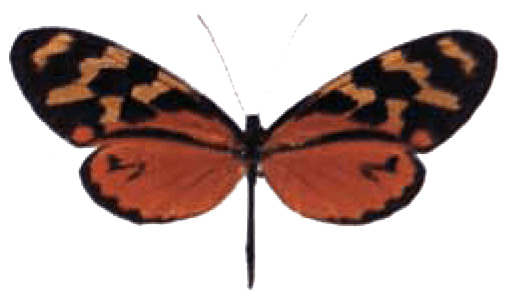
Common Tiger
This butterfly mimics the longwings to avoid being eaten. It does not carry any toxins from its hostplants.

Red Rim
This butterfly likes to fly in the open and feed on a variety of nectar sources.
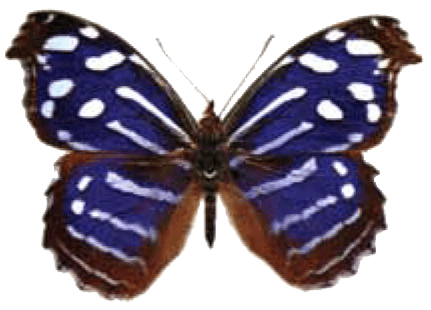
Royal Blue
The males sport the irridescent blue colors while perching on rotted fruit or tree trunks.
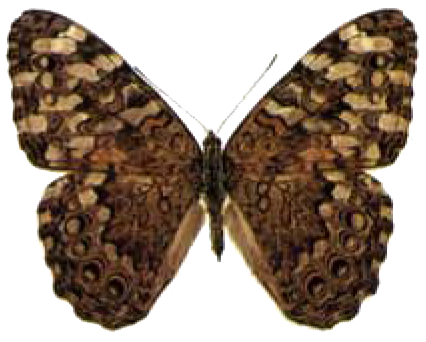
Grey Cracker
Crackers were named from the sound they make when disturbed or competing for territories.
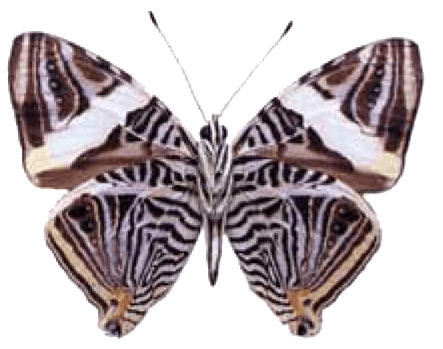
Mosaic
The elaborate patterns on the underside help by focusing a predator on the “false head”.
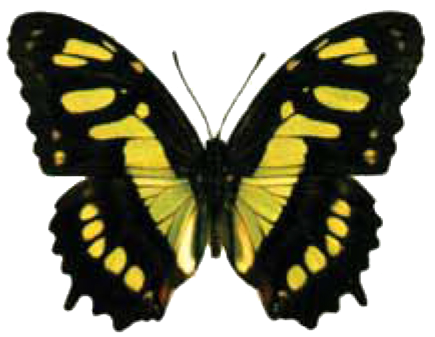
Green Malachite
This butterfly can be seen camouflaged under leaves along the paths and roadways.
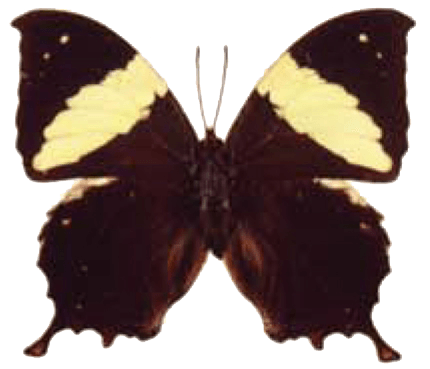
Brown Daggerwing
This butterfly lives in the lowland rainforests and uses its dark colors to hide in the shadows.
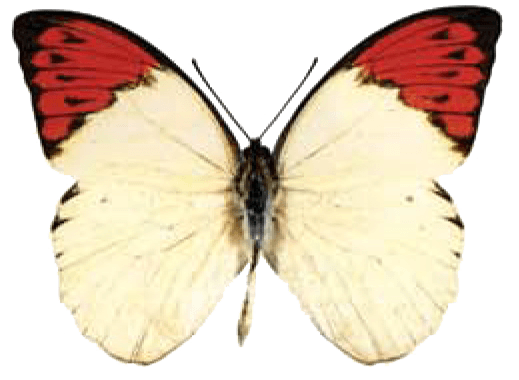
Great Orange Tip
This impressive butterfly is found flying along rainforest rivers and paths.
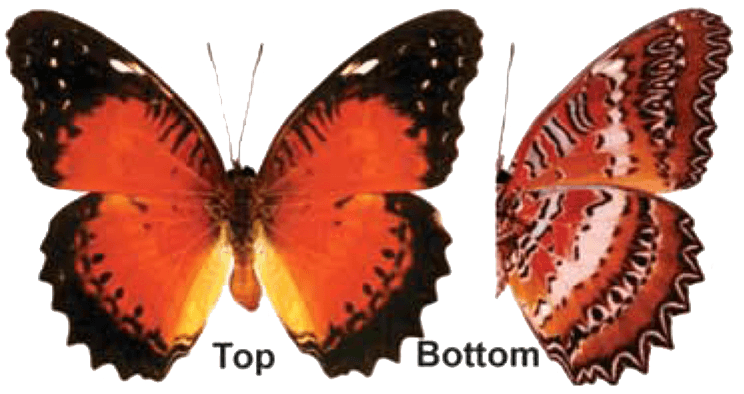
Lacewing
The intricate design on the underwings and the scalloped edges give this butterfly its name.
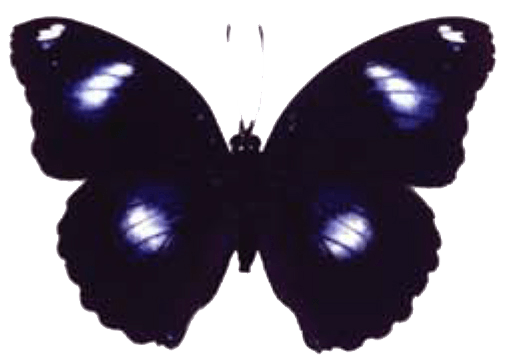
Great Eggfly
The males sport an irridescent blue patch that appears when the sunlight reflects at an angle.

Clipper
This valuable butterfly comes in the blue form in Asia but also has brown, green, and orange forms.
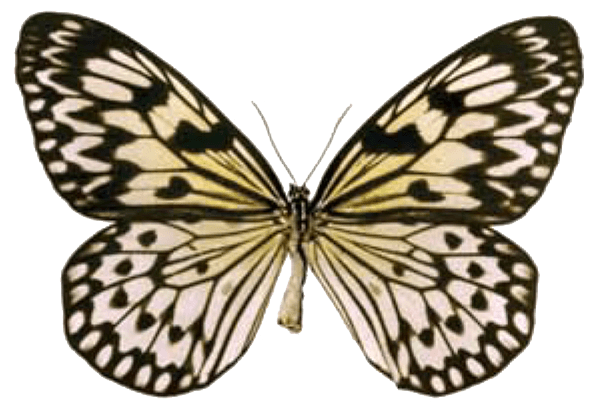
Paper Kite
This large slow flying butterfly is a relative of the Monarch and just as distasteful.




